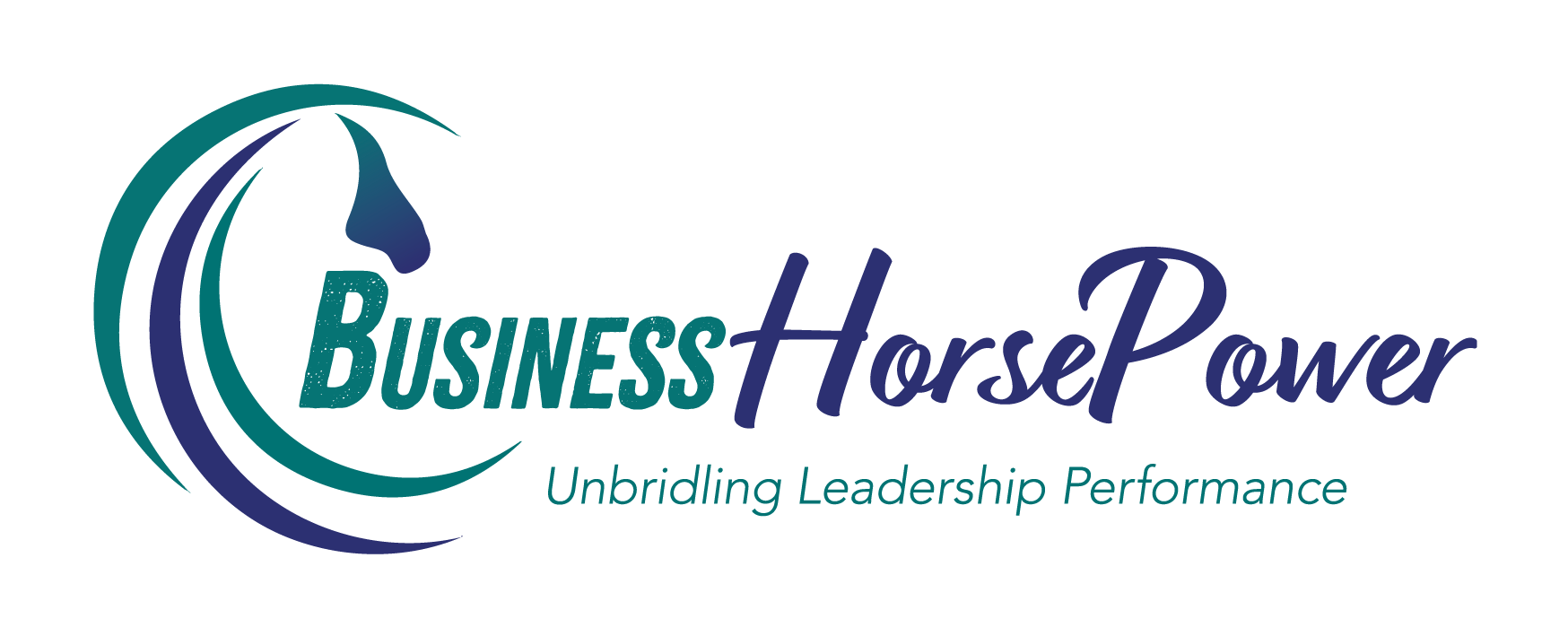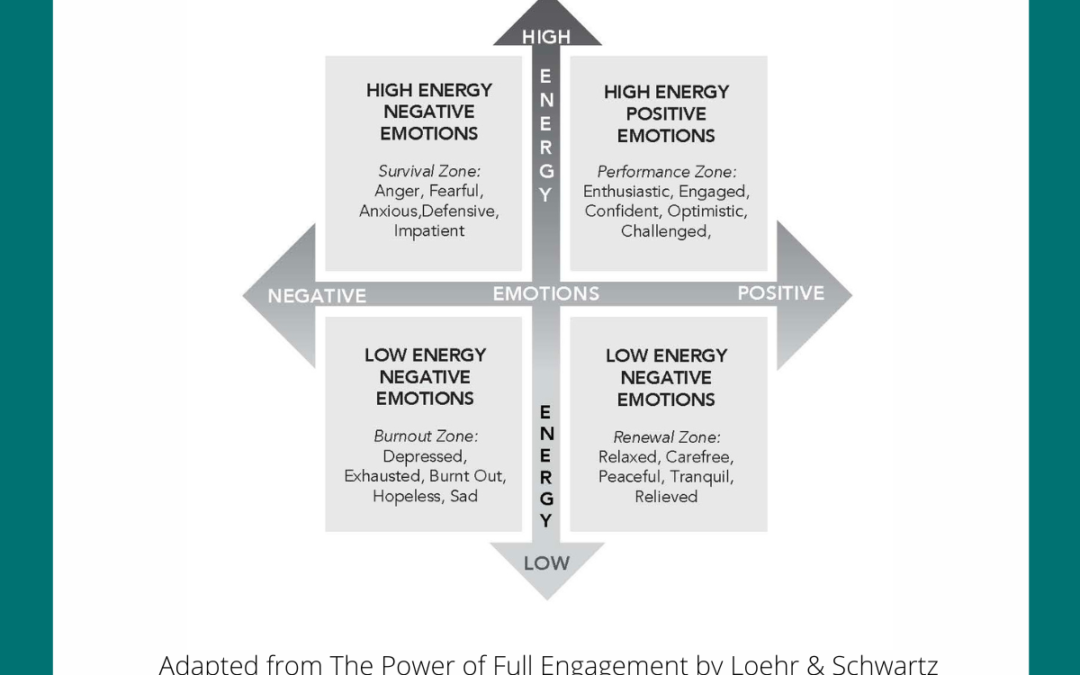
#22 – TLC: The Secret Sauce For High Performing Teams
In today’s fast-paced business environment, the pressure on teams to deliver results has never been greater. However, in our quest for efficiency, we often overlook the fundamental elements that drive team performance—Trust, Leadership, and Connection, or what I like to call “TLC.” This concept is not just a feel-good phrase; it’s a powerful framework for creating a high-performing team that is engaged, cohesive, and resilient. In this article, we will explore why TLC is crucial for team engagement and how business leaders can implement it effectively.
The Importance of Slowing Down to Speed Up
One of the most counterintuitive yet effective strategies for enhancing team performance is the concept of slowing down to speed up. In a recent Equine Facilitated Leadership Retreat, I observed a group of leaders who were initially frantic and mentally drained from a hectic work period. However, when they took the time to plan and approach their tasks calmly, their results dramatically improved. This mirrors what happens in nature—Lao Tzu’s wisdom, “Nature does not hurry, yet everything is accomplished,” is a reminder that rushing often leads to inefficiency.
Physiologically, when we are stressed, our bodies are in a constant state of fight or flight, leading to high cortisol levels, anxiety, and poor decision-making. On the other hand, when we slow down, we activate our parasympathetic nervous system, which promotes relaxation, better decision-making, and a stronger connection with our team. Thus, the first step in applying TLC in your team is recognizing the need to slow down, allowing space for trust, leadership, and connection to flourish.
The TLC Model: A Triad for Success
Trust: The Foundation of Effective Relationships
Stephen Covey describes trust as the most crucial business commodity, and without it, both relationships and businesses falter. Trust is slow to build but quick to break, and it exists at multiple levels—within ourselves, between team members, and across the organization.
Building trust within a team is akin to adding pennies to a piggy bank. Every time a leader or team member delivers on a promise, a penny is added. Conversely, breaking trust smashes the piggy bank, losing all accumulated goodwill. In the workplace, trust is built through consistent actions, transparency, and showing genuine care for the well-being of team members.
During the COVID-19 pandemic, we saw a temporary increase in trust towards governments, highlighting how crucial trust is during crises. Similarly, in business, maintaining trust during challenging times is critical. Leaders must focus on building and preserving trust by being reliable, honest, and supportive, ensuring that their team members feel secure and valued.
Connection: The Glue That Holds Teams Together
Human connection is more important in today’s business world than ever before. Brené Brown defines connection as the energy that exists between people when they feel seen, heard, and valued. In a business context, connection is built when leaders display empathy, listen actively, and engage with their team members on a personal level.
In a world where remote work is increasingly common, creating and maintaining connection requires conscious effort. The informal “watercooler” conversations that once helped build relationships are no longer as prevalent, making it essential for leaders to deliberately foster these connections. Virtual coffee chats, regular check-ins, and team-building activities can help bridge the gap and ensure that team members feel connected and engaged.
A powerful example of the impact of connection can be seen in vulnerability exercises within teams. When team members share personal stories and challenges, it fosters empathy and understanding, which strengthens relationships. For instance, two colleagues who were previously at odds may find common ground through shared experiences, significantly improving their working relationship and the overall team dynamics.
Leadership: Guiding the Team to Success
Leadership in the context of TLC is not about dictating orders from the front. Instead, it involves leading from different positions—front, middle, and behind—depending on the situation. This concept is inspired by the dynamics of a horse herd, where leadership roles are fluid and based on the needs of the group rather than a fixed hierarchy.
Leading from the Front: This is essential in times of crisis or when clear direction is needed. It’s a directive style of leadership where the leader sets the course and expects the team to follow.
Leading from the Middle: This involves staying connected with the team, understanding their needs, and nurturing relationships. It’s about being the heart of the team, ensuring that everyone is aligned and motivated.
Leading from Behind: This is a supportive role where the leader observes the team’s progress, provides encouragement, and course-corrects when necessary. It’s about empowering the team to take ownership of their tasks and trusting them to find the best path forward.
Effective leadership requires a balance of all three positions. Leaders must know when to step up, when to guide quietly from behind, and when to be in the trenches with their team, supporting and nurturing them.
Creating High Levels of Engagement Through TLC
Engagement is the result of trust, connection, and effective leadership working in harmony. When team members trust their leaders and each other, feel connected and valued, and are guided by strong, adaptive leadership, they are more likely to be engaged in their work. Engaged teams are energized, focused, and committed to achieving their goals.
To create such an environment, business leaders should:
- Foster Trust: Build trust through consistent actions, transparency, and reliability. Encourage open communication and create a safe environment where team members can express their ideas and concerns.
- Enhance Connection: Invest time in building relationships within the team. Encourage vulnerability, listen actively, and show genuine interest in the well-being of your team members. Use both in-person and virtual interactions to strengthen these bonds.
- Adapt Leadership Styles: Recognize when to lead from the front, middle, or behind. Be flexible in your leadership approach, and empower your team to take ownership of their work. Share the leadership role by encouraging team members to step up and lead in their areas of expertise.
Conclusion
Incorporating TLC into your leadership approach can transform your team’s performance and engagement. By focusing on trust, connection, and adaptive leadership, you create a strong, cohesive team that is not only capable of achieving its goals but is also resilient in the face of challenges. As a business leader, your role is to cultivate these elements within your team, ensuring that they are engaged, motivated, and ready to succeed.
So, take a moment to slow down, reflect on your team’s dynamics, and ask yourself: How can I bring more TLC into my leadership? The answer could be the key to unlocking your team’s full potential.
Show Notes:
Here are the highlights from this episode:














